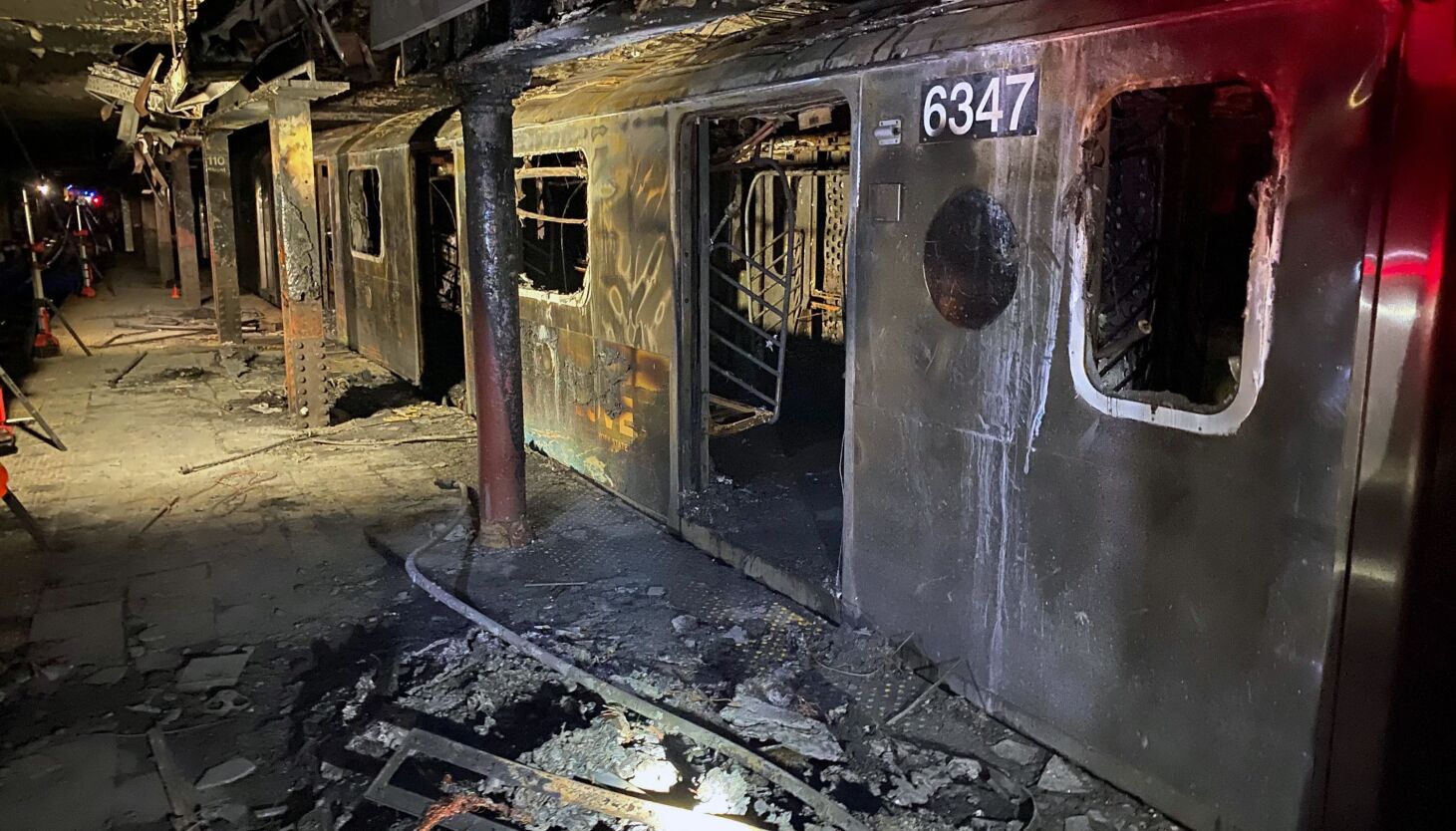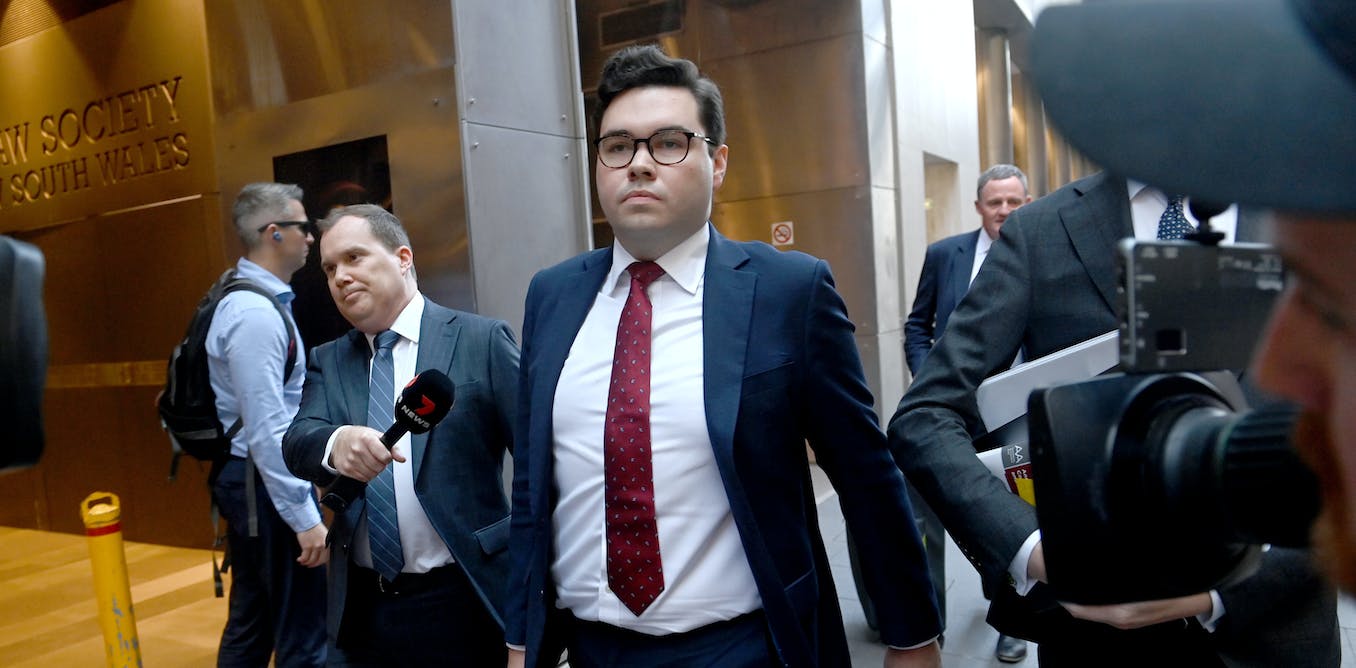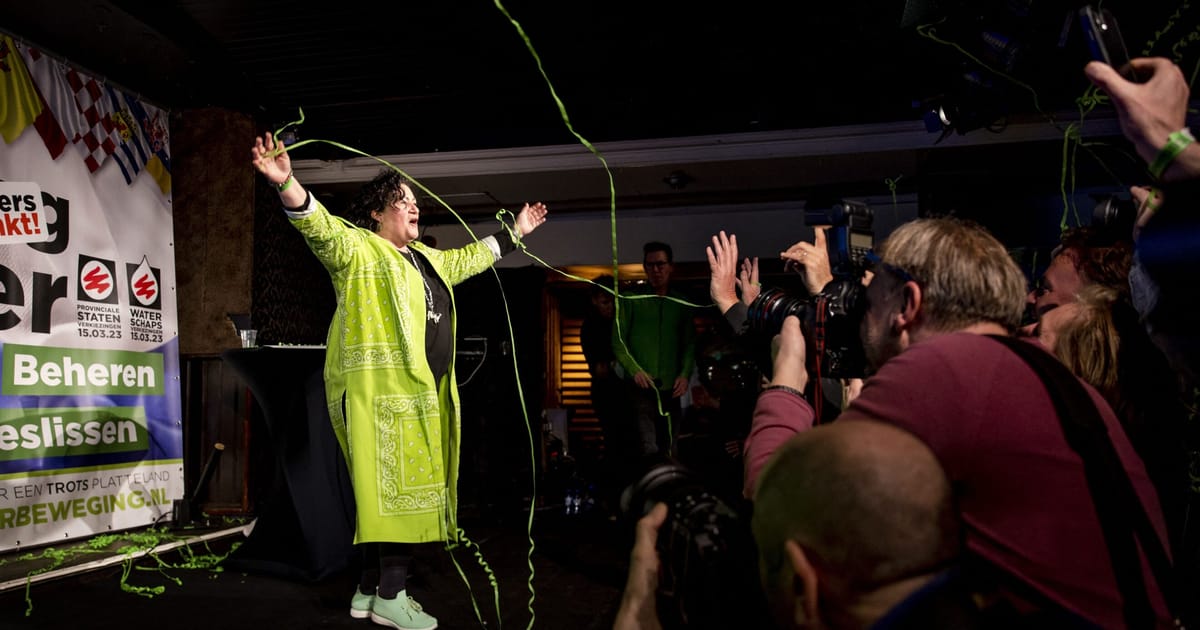Nearly three years after the death of a subway motorman in a fire inside a Manhattan station, the MTA has been flagged for failing to re-train workers on how to use so-called escape hoods during emergencies, THE CITY has learned.
Records show that the Public Employee Safety and Health Bureau of the state Labor Department hit the transit agency last April with “serious” violations that carry a $200 per-day penalty for not providing annual training to subway employees on how to use NH15 hoods during nuclear, biological or chemical events.
The state’s inquiry into New York City Transit’s respiratory protection program stemmed from the March 27, 2020 fire in which Garrett Goble was killed after a shopping cart on the No. 2 train he was operating burst into flames at the Central Park North-110th Street station.
Even though the probe was sparked by that blaze, investigators noted that an escape hood would not have been applicable in the motorman’s case.
The documents state that Goble’s death “was a result of a criminal act of arson” but add that “violations, unrelated to the cause of the fatality, were noted concerning the employer’s implementation of respiratory protection in the form of assigned escape hoods.”
Accused serial arsonist Nathaniel Avinger, 52, is charged with murder for allegedly setting the fatal fire.
The annual training was supposed to have been completed by Sept. 20, 2022, according to records obtained by THE CITY. But in a Dec. 29 letter to the Labor Department, the MTA requested more time, citing “the large number of employees (approximately 9,000+)” who needed retraining.
In a petition to the state Labor Department, the MTA lists its expected compliance date as June 29, 2023.
‘Management Screwed Up’
The lapse disappointed Goble’s widow.
“This is an example of when something happens, you learn from it and do better,” Delilah Goble, the mother of two sons, told THE CITY. “And they didn’t.”
She and Paul Navarro, who was subway safety director for Transport Workers Union Local 100 at the time of the fatal fire, also questioned why the escape hoods issued to train operating crews are for emergency use during nuclear, biological or chemical events only — and are not to be used for any other purpose.
According to the manufacturer of the Avon Protection NH15 escape hood, escape hoods are designed to provide respiratory, eye and face protection for up to 15 minutes to anyone in a contaminated area. They are not not for use during fires.
The MTA began distributing similar protective equipment shortly after the terrorist attacks on September 11, 2001.
But according to the violations, “training was not provided to employees when the MSA Escape Hood was changed to the Avon NH15 CBRN (Chemical, Biological, Radiological, Nuclear)Air Purifying Escape Respirator.”
The MTA has been issuing bulletins that remind subway service delivery employees that the hoods are “for emergency use during recognized or announced nuclear, biological, or chemical events ONLY” and are not to be used for fire or smoke conditions.
“Everybody is under the wrong impression that this could protect them from fire,” Delilah Goble said.
Indeed, the notice of violation points out that “testimony provided during the Board of Inquiry revealed that an employee thought that the escape hood was to be used to escape from a fire condition” in a separate instance from her husband’s death.
An MTA spokesperson said that New York City Transit has “consistently trained” employees on the proper use of escape hoods since they were first issued after 9/11, adding that the agency has updated training in the wake of the Labor Department’s report.
But in a statement to THE CITY, a TWU Local 100 spokesperson blamed MTA brass.
“Management screwed up and management has to provide the proper training and education,” the union said. “We have a new safety director, John Chiarello and president, Richard Davis, who have restructured the safety department and will ensure the MTA complies with the [Labor Department] directive.”
Navarro, the former safety director, said the MTA “absolutely dropped the ball” by not meeting its deadline for retraining employees on how to properly use the protective equipment.
“You just can’t hand someone a rifle and expect them to be a sharpshooter without training them,” he told THE CITY.
More Fire Hazards
It’s not the first time the MTA has been cited for employee training lapses on safety-related matters.
In an audit released Friday, the Office of the MTA Inspector General accused the transit agency of not providing sufficient training for some employees on inspection, testing and maintenance of fire alarm equipment at New York City Transit facilities, including Coney Island Yard in Brooklyn, Corona Yard in Queens, 207th Street Yard in Manhattan and Westchester Yard in The Bronx.
“Transit yards are the workhorses of the system, and while critical, these facilities are very old,” said Elizabeth Keating, the acting MTA inspector general, in a statement. “Fire safety training and testing is essential to keeping NYCT’s sprawling system operating and employees safe.”
The report also said New York City Transit lacks enough employees certified to perform fire watches any time a fire alarm or fire suppression system malfunctions and that workers did not have the required licensing to perform testing, inspection and maintenance of fire pumps.
“One of the OIG’s initial findings was that the fire pumps had not been tested annually as required,” according to the audit. “These pumps are needed to create sufficient water pressure and volume when fighting a fire.”
In an official response from the MTA that was included in the audit, New York City Transit President Richard Davey conceded that not enough has been done.
“The safety of our employees is my highest priority,” Davey wrote. “We acknowledge more work needs to be done; that is why we are currently expanding our fire safety checklists, updating our policies, protocols, and instructions, and evaluating our use of vendors.”
The MTA also issued a statement from Patrick Warren, the agency’s chief safety officer, that criticized the audit as “a rerelease of an old report highlighting that when safety issues arise, we address them immediately.”
According to MTA data, there were 1,247 subway fires between October 2021 and September 2022 — 379 more than in the 12-month period two years earlier. THE CITY reported last February that, in 2021, fires on tracks, in stations and on trains were up 40% from 2019, despite ridership that was far below pre-pandemic levels.
Delilah Goble said she is still alarmed by safety shortcomings in the subway system.
“This is more than two years later, why are we still having issues with safety?” she said. “I would have thought this incident with my husband would have woken them up.”




